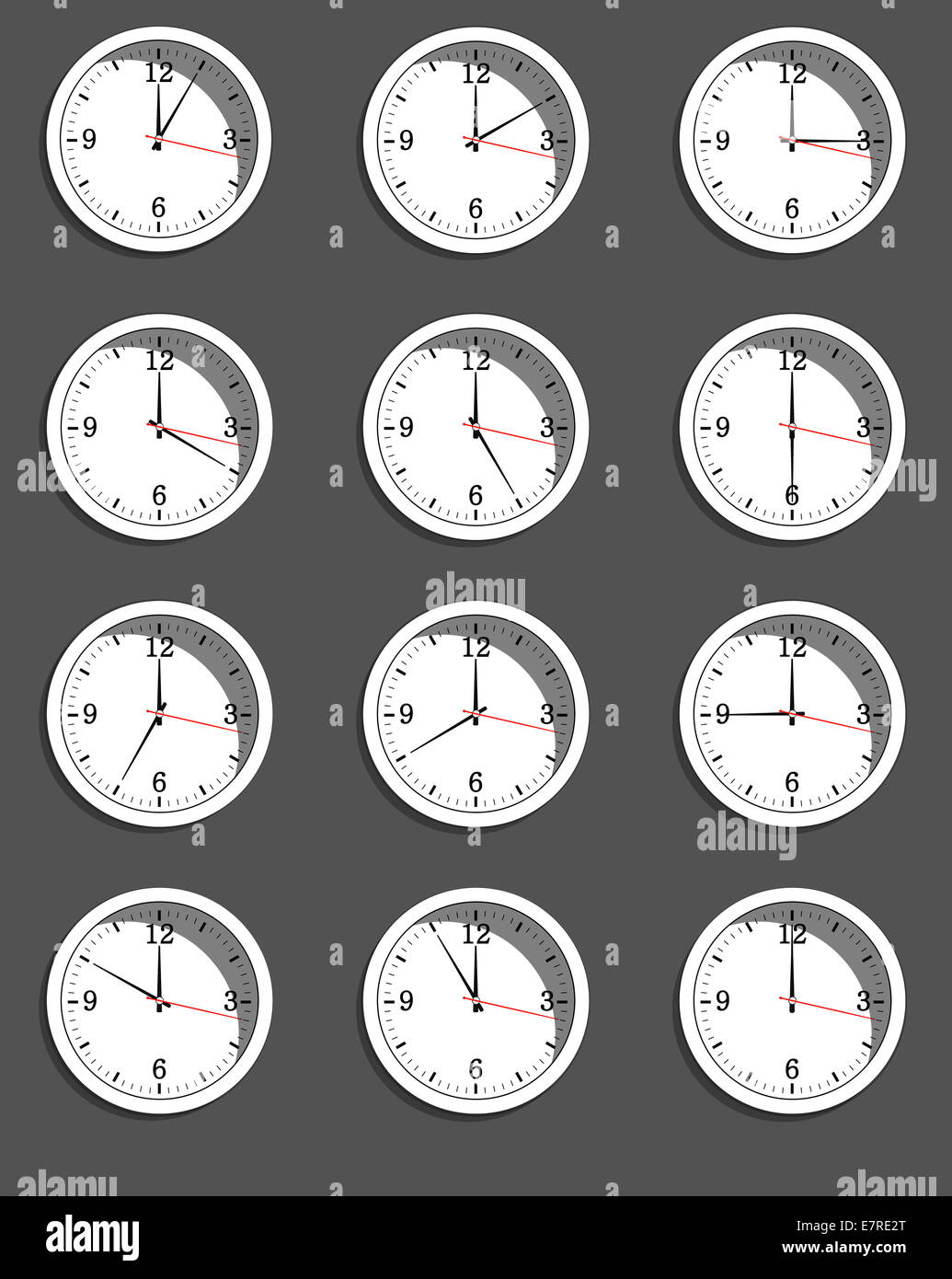As the seasons shift, so too does the time on our clocks. For many Canadians, Daylight Saving Time (DST) is an annual ritual that affects daily routines and schedules. This guide aims to provide clarity on when clocks change in Canada, helping you prepare for the adjustments that come with DST in 2023. Whether you're a seasoned pro at managing time changes or new to the concept, understanding DST can make the transition smoother.
In Canada, the practice of changing clocks has been a long-standing tradition, designed to optimize daylight hours during specific times of the year. This comprehensive guide will delve into the intricacies of DST, including the timing of these changes, which regions observe them, and how they impact daily life. As we explore the nuances of Canadian time zones and daylight saving practices, you'll gain valuable insights to help you navigate the clock changes effectively.
Exploring Canadian Time Zones
Canada spans a vast distance from west to east, necessitating the division into six distinct time zones. These zones ensure that daytime aligns appropriately across the country. The zones range from UTC-8 in Vancouver to UTC-3.5 in St. John's, Newfoundland. Each zone plays a crucial role in organizing daily activities and ensuring efficient communication and travel within the nation.
The diversity of time zones in Canada reflects the country's expansive geography. Understanding these zones is essential for coordinating schedules, especially for those traveling or conducting business across different regions. The time differences can sometimes lead to confusion, but they are vital for maintaining a balanced approach to timekeeping nationwide.
As residents adjust their clocks according to their respective time zones, it becomes evident how these divisions contribute to the seamless functioning of Canadian society. From the Pacific Coast to the Atlantic shores, each zone caters to the unique needs of its inhabitants, making the management of time a harmonious process.
Springing Forward: The March Transition
For most of Canada, the springtime clock adjustment occurs on the second Sunday in March. In 2024, this date falls on March 10th. During this transition, affected regions will lose an hour as clocks move forward, marking the beginning of Daylight Saving Time. This shift aims to maximize evening daylight and conserve energy.
While most provinces and territories adhere to this schedule, exceptions exist. Saskatchewan and Yukon do not observe DST, maintaining standard time throughout the year. This decision simplifies timekeeping for residents and businesses in these areas, avoiding the biannual disruptions associated with clock changes.
For those who experience the time change, preparing in advance can ease the transition. Adjusting sleep schedules gradually and staying mindful of the lost hour can help mitigate any potential fatigue or disorientation. Embracing the longer evenings provides opportunities for outdoor activities and enjoying extended daylight hours.
Fall Back: The November Adjustment
Daylight Saving Time concludes in Canada on the first Sunday of November. In 2025, this event takes place on November 2nd at 1:00 am local standard time. At this point, clocks are set back by one hour, providing an extra hour of sleep and signaling the return to standard time.
This adjustment typically results in earlier sunrises and sunsets, offering a chance to reflect on the changing seasons. Many people appreciate the additional morning light, although shorter days can sometimes affect mood and energy levels. It's important to maintain healthy routines during this period to counteract any negative effects.
Regions like Newfoundland, which historically adjusted their clocks at 00:01 local time prior to November 2011, now follow the standard schedule. This uniformity simplifies coordination across the country, ensuring consistency in timekeeping practices. Residents benefit from predictable transitions, fostering a sense of stability as the year progresses.
Year-Round Standard Time Considerations
Some individuals and communities advocate for adopting year-round standard time, eliminating the need for biannual clock changes. Peter Warwick, for instance, chooses to leave his clocks unchanged, aligning with his preference for consistent lighting patterns. This strategy enhances his well-being, particularly during darker winter months.
Living on standard time year-round offers several advantages, including improved mental health and reduced confusion surrounding time adjustments. By maintaining a constant schedule, individuals can better regulate their circadian rhythms and enhance overall productivity. This approach resonates with those seeking simplicity and continuity in their daily lives.
Despite these benefits, the debate over DST continues, with proponents highlighting its positive impact on energy conservation and economic activity. As discussions evolve, exploring alternative solutions remains essential, ensuring that time management practices meet the diverse needs of Canadians across all regions.

